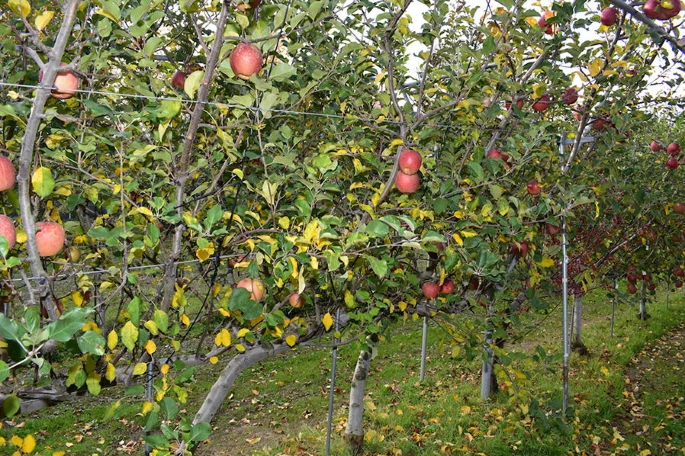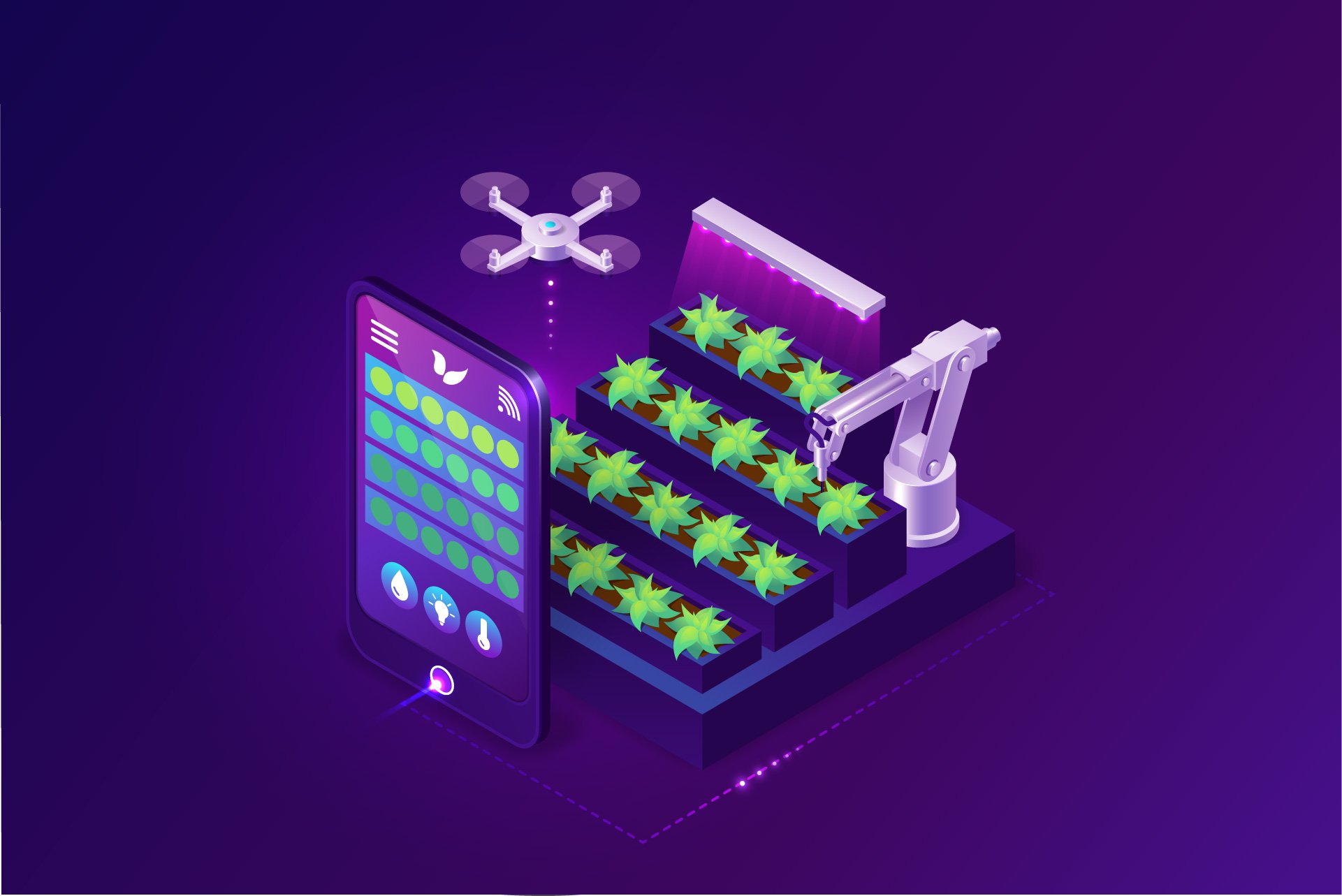Challenges of Computer Vision Adoption in Agriculture and How to Solve Them
The usage of AI in agriculture is growing quickly since it is helping farmers reduce or even eliminate manual labor, increase crop yields, and save a lot of money in the process. In fact, experts are predicting that the overall market size of AI in agriculture is expected to grow from an estimated $1.0 billion in 2020 to $4 billion by 2026. Even though AI is already widely used in the agriculture industry, there are still several challenges that are preventing it from reaching its maximum potential. However, with such high levels of investment and many areas of practical applications, we are confident that these issues will be resolved in the near future. Let’s take a look at some of the obstacles researchers are grappling with and try to identify possible ways of solving them.
Fruit Detection
Prior to the invention of AI technology, human workers would need to walk around the entire field and gather all of the ripe fruits and vegetables. Nowadays, a lot of these processes have been automated, but there are still issues that need to be resolved. Fruit detection continues to be one of the biggest challenges for AI mostly due to the varied harvesting conditions. For example, there might not be enough lighting on a particular fruit, they come in different shapes, foliage obstruction, and many other factors. Let’s look at the image below:

Here we see an image that was used to train an automated fruit harvesting robot. It is already capable of detecting the 2D and 3D position of the apples, even the ones that are partially obstructed by foliage and other apples. The next step would be to identify which apples are ripe for picking. This is where things get complicated since they require the robot to have more “knowledge” than simply identifying an object like an apple.
More data annotation will definitely be needed in order to solve this problem. If we return to the image above, human data annotators performed a lot of 2D and 3D box annotation work just to allow the robot to identify the apples. Now, there needs to be a more detailed level of annotation done to enable the robot to pick only the ripe fruit. This includes semantic segmentation which is labeling every pixel of an image with a corresponding class of what is being represented. In this case, humans would need to annotate ripe fruit in all kinds of conditions to account for all of the possibilities the robot might encounter. The more data that is annotated, the higher the accuracy of the end product.
Unstructured Environments
Pretty much every farm or field contains inherent uncertainty which leads to unpredictable and dynamic situations. This includes things like the terrain, vegetation, landscape, visibility, illumination, and many other factors the robot will have to navigate its way through. For example, the Rowbot roams all of the rows of corn in the field and applies fertilizer in sync with what the corn needs. It relies on a computer vision camera to navigate its way through the rows and identify the corn that is in need of nitrogen fertilizer. Since every field is unique, i.e. all of the variables mentioned above will be different, it must be able to function in its surrounding regardless of the conditions.
The Rowbot and other robots like it rely on cameras and LiDAR scans which produce a 3D point cloud to identify objects and navigate their way around them. Human data annotators need to take these images and annotate them so the robot can stay on the road and identify the stalks of corn that need nitrogen fertilizer. Since the height of the corn is a determining factor, the 3D point cloud would need to be color-coded representing the proximity of the object from the robot. For example, the lowest objects, like the road, will be in blue and the highest objects will be in red. Highly accurate 3D point cloud data will help the robot not only to navigate its way around the field but perform its job with a high level of accuracy. However, this data needs to be annotated at scale, so the robot can learn to function in all kinds of conditions.
Mindy Support is Assisting Researchers Develop AI Robots in Agriculture
Mindy Support is one of the largest BPO providers in Eastern Europe and we have more than 2,000 employees in 6 locations all over Ukraine. Our size and location allow us to source and recruit the needed number of candidates quickly and we can scale your team without sacrificing the quality. We have rigorous QA processes in place to make sure all of the work is done correctly the first time around. This is why SMEs, Fortune 500, and GAFAM companies trust us with their BPO needs.
Posted by Il’ya Dudkin






